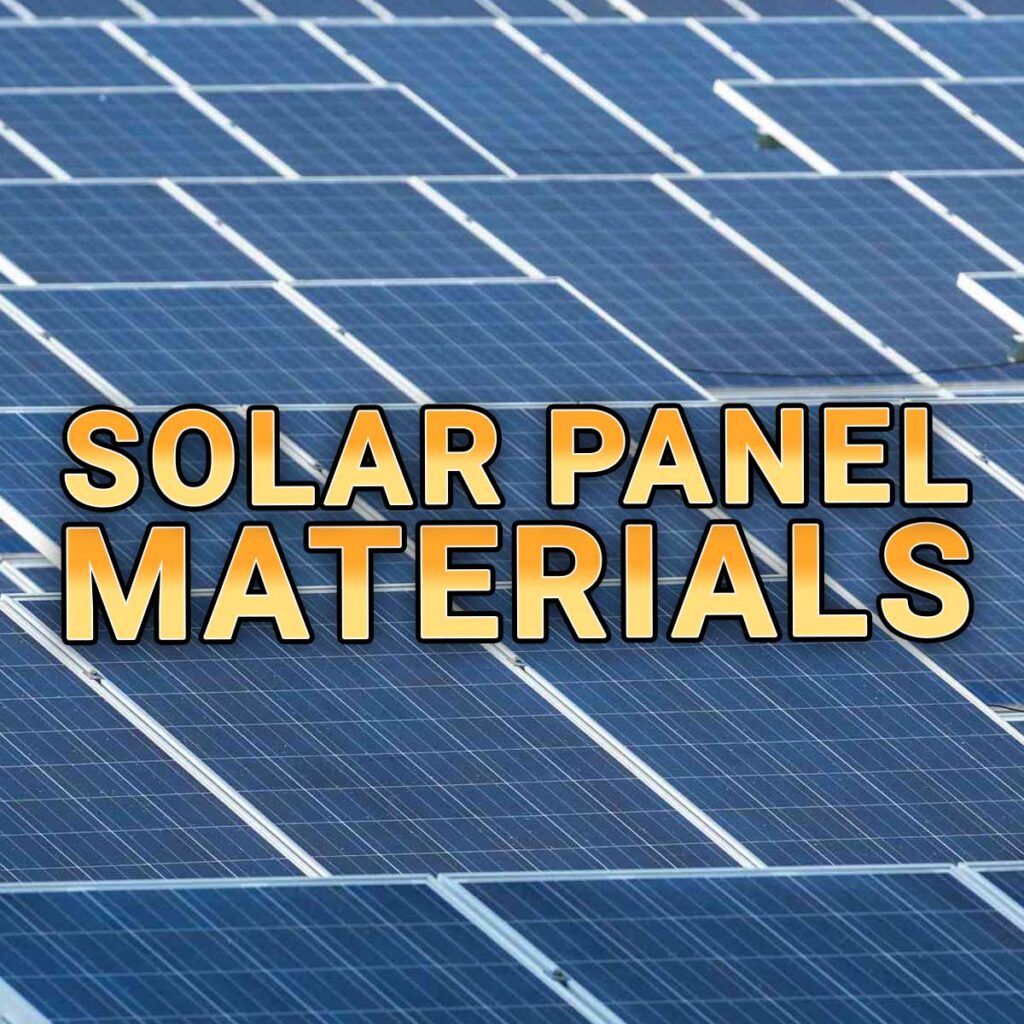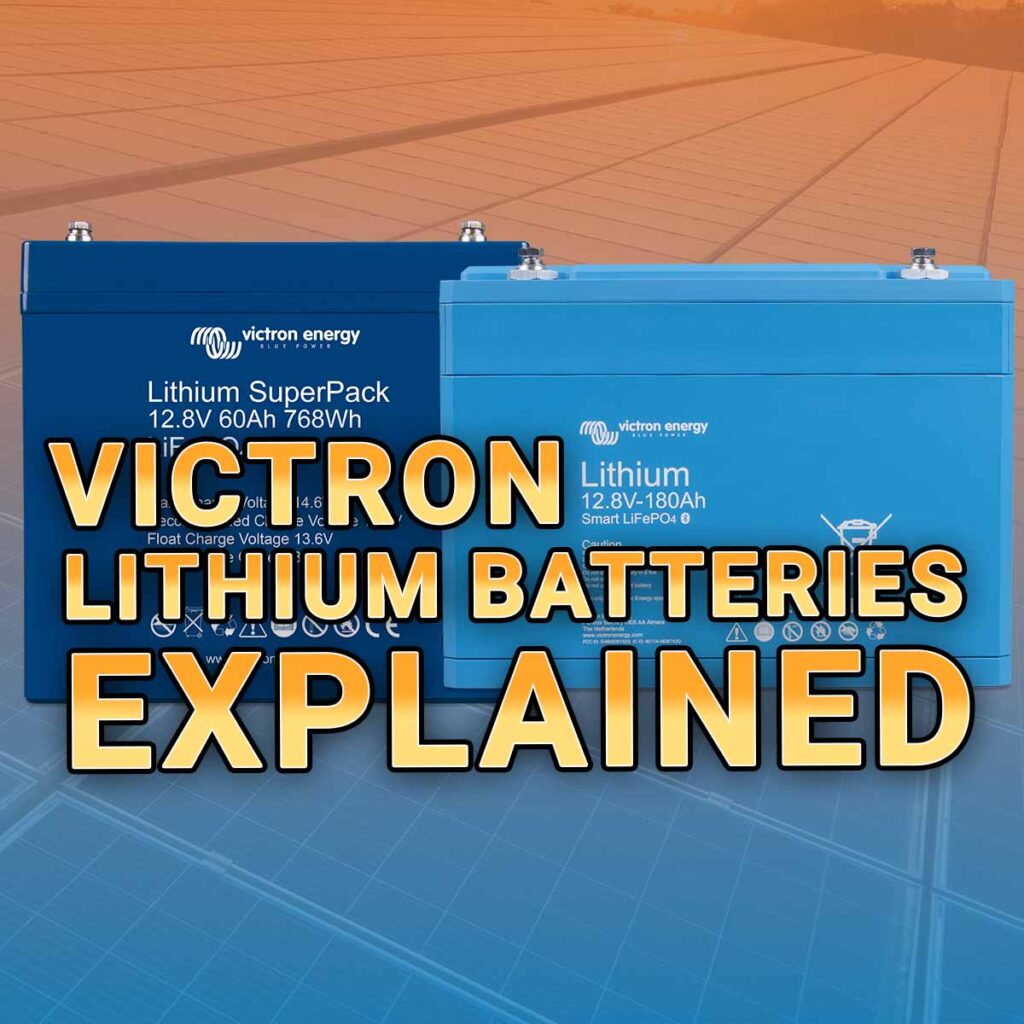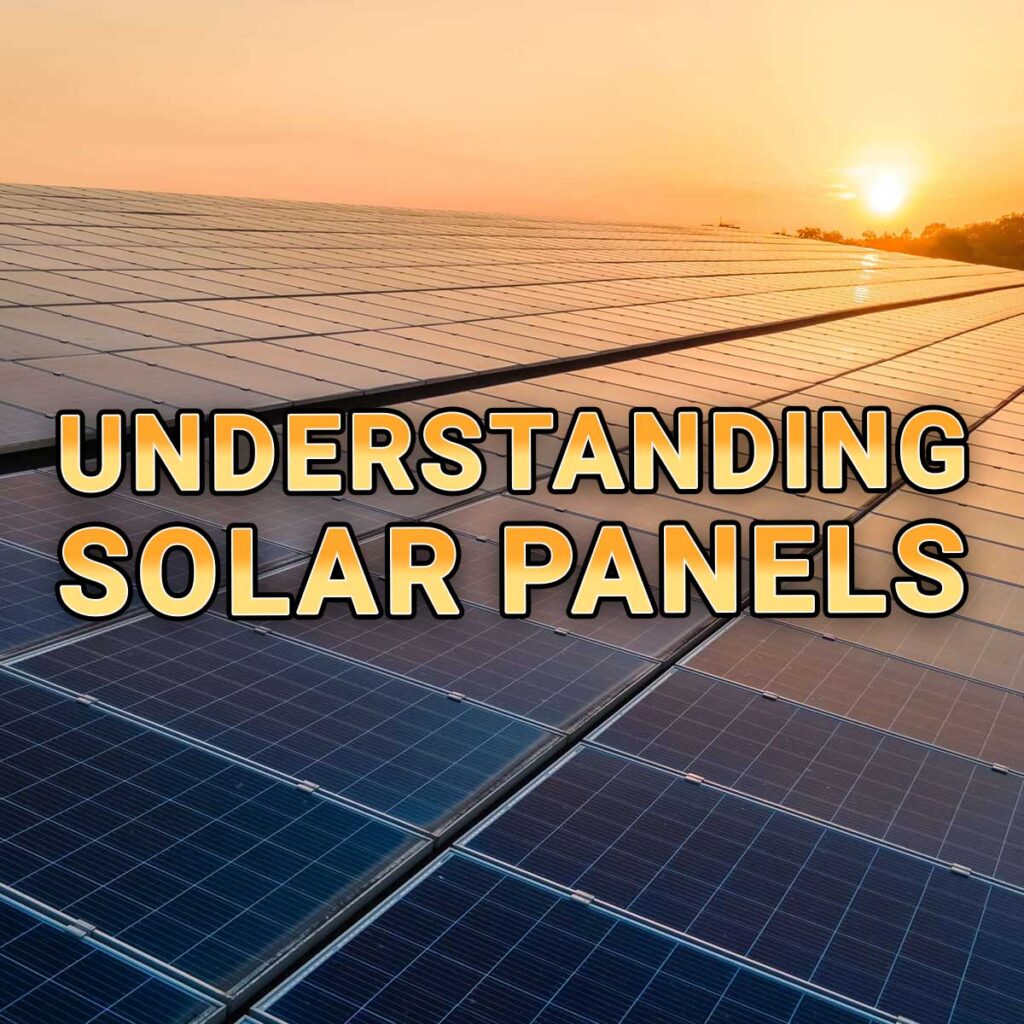Solar Panel Materials Explained

Dive into the world of sustainable energy with our comprehensive tutorial on Solar Panel Materials Explained.
This guide offers a clear and comprehensive understanding of the components that make up solar panels. Aimed at homeowners, environmentally conscious individuals, and industry professionals, this guide explores everything from silicon cells to innovative thin-film technologies.
It breaks down complex topics, making them accessible and easy to grasp, and provides essential insights into the efficiency and durability of different solar panel materials. Whether you’re planning to invest in solar energy or simply curious about how it works, this tutorial is a valuable resource for anyone looking to deepen their knowledge in this dynamic field.
Materials Used in Solar Panel Manufacturing
The efficiency of a solar panel is a crucial aspect to consider. It refers to the ratio of electrical energy produced by the panel to the solar energy it receives.
For instance, a panel with 20% efficiency converts 20% of the solar energy into electrical energy. The remaining energy primarily turns into heat, which is why solar panels can feel hot on sunny days.
Types of Materials for Solar Panels
Exploring the materials used in solar panel manufacturing is essential for understanding their efficiency and performance.
This section covers various materials, including thin film, crystalline, gallium arsenide, and multi-junction solar cells, highlighting their unique properties and how they contribute to the effectiveness of solar panels.
Thin Film Solar Panels
- Characteristics and Efficiency: Thin film panels, known for their application in devices like calculators, typically have an efficiency of just over 20%. Due to their lower efficiency, a significant portion of the sun’s energy in these panels is converted into heat.
- Advancements in Thin Film Technology: Recent developments in thin film technology include the use of advanced materials like perovskite and CIGS (Copper Indium Gallium Selenide). These materials are promising for their improved efficiency and potential in creating more flexible and cost-effective solar solutions.
Crystalline Solar Panels
- Higher Efficiency Rates: Crystalline solar panels, encompassing both monocrystalline and polycrystalline types, are more efficient than thin film panels. Monocrystalline panels can achieve efficiencies of up to 27%.
- Advancements and Bifacial Technology: Technological improvements in crystalline solar panels, such as the use of PERC (Passivated Emitter and Rear Contact) cells, have further enhanced their efficiency. Additionally, bifacial solar panels, which can absorb sunlight from both sides, significantly increase energy yield.
Gallium Arsenide Panels
- Exceptional Efficiency: Gallium arsenide is a material known for its high efficiency, over 30%, making it ideal for specialized projects like solar-powered vehicles.
- Usage in Niche Applications: Its high cost limits gallium arsenide to niche applications where budgets are less of a constraint.
Multi-Junction Solar Cells
- Unmatched Efficiency: Multi-junction cells are at the forefront of solar cell technology, with efficiencies reaching up to 50%. However, they are extremely costly.
- Use in High-Cost Applications: These cells are predominantly used in high-cost, high-efficiency applications like satellites.
Focus on Crystalline Materials
Crystalline solar panels, widely recognized for their efficiency and reliability, are typically the preferred choice for many solar energy setups. Within this category, there are two main types that are commonly used:
Monocrystalline Solar Panels
- Efficiency: Monocrystalline panels are known for their high efficiency, capable of reaching up to 27%. This makes them an excellent option for areas where maximizing power output from a limited space is crucial.
- Appearance: These panels are characterized by their uniform, dark color. The individual cells usually have a distinct appearance, often with rounded or cut-off corners, contributing to their sleek look.
Polycrystalline Solar Panels
- Efficiency: Polycrystalline panels have a slightly lower efficiency, around 23%. They are a cost-effective option for those who have more space and want a balance between performance and budget.
- Appearance: These panels are easily recognizable by their brighter, bluish hue and a flaky, mosaic-like texture. The unique appearance comes from the way silicon crystals are formed in the panel.
Identifying Crystalline Panels
- Distinguishing Features: The most noticeable way to differentiate between monocrystalline and polycrystalline panels is by their color and texture. Monocrystalline panels exhibit a darker, more uniform color, while polycrystalline panels display a distinctive flaky, blue appearance. This visual distinction is a quick and easy way to identify the type of crystalline material used.
By understanding these differences and characteristics, you can make a more informed decision about which type of crystalline solar panel is best suited for your specific needs and installation environment.
Conclusion
In summary, you’ve gained an in-depth understanding of the diverse materials used in solar panel manufacturing and their impact on panel efficiency and application. You’ve learned about thin film solar panels, recognized for their use in low-energy devices and recent advancements in materials like perovskite and CIGS.
The exploration of crystalline solar panels, both monocrystalline and polycrystalline, has provided insights into their higher efficiency rates and advancements like PERC cells and bifacial technology.
You’ve also delved into the high-efficiency realm of gallium arsenide panels, ideal for specialized projects due to their exceptional efficiency but limited by cost. The world of multi-junction solar cells was uncovered, revealing their unmatched efficiency in high-cost applications like space technology.
Moreover, the comparison between monocrystalline and polycrystalline panels highlighted their differences in efficiency, cost, and appearance, aiding in making informed choices for specific solar energy needs.
This comprehensive understanding of solar panel materials not only enhances your knowledge of solar technology but also empowers you to make well-informed decisions regarding solar energy investments and applications.






